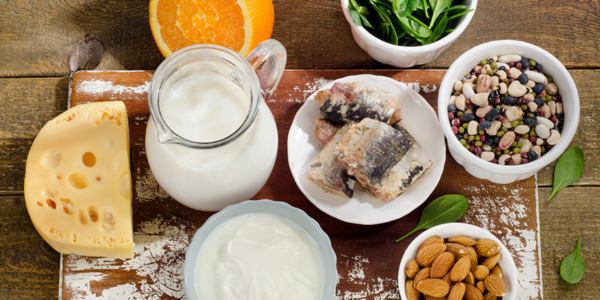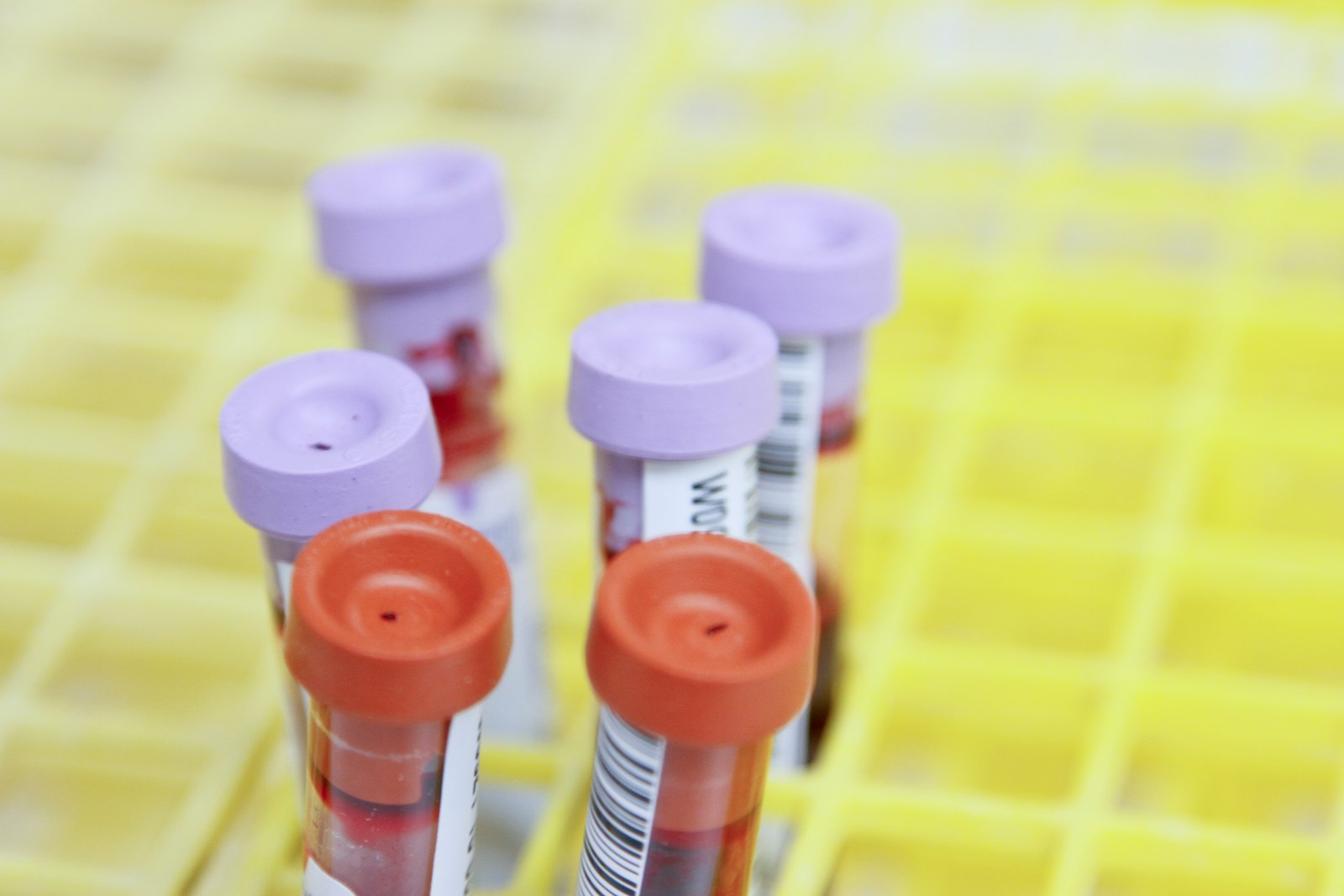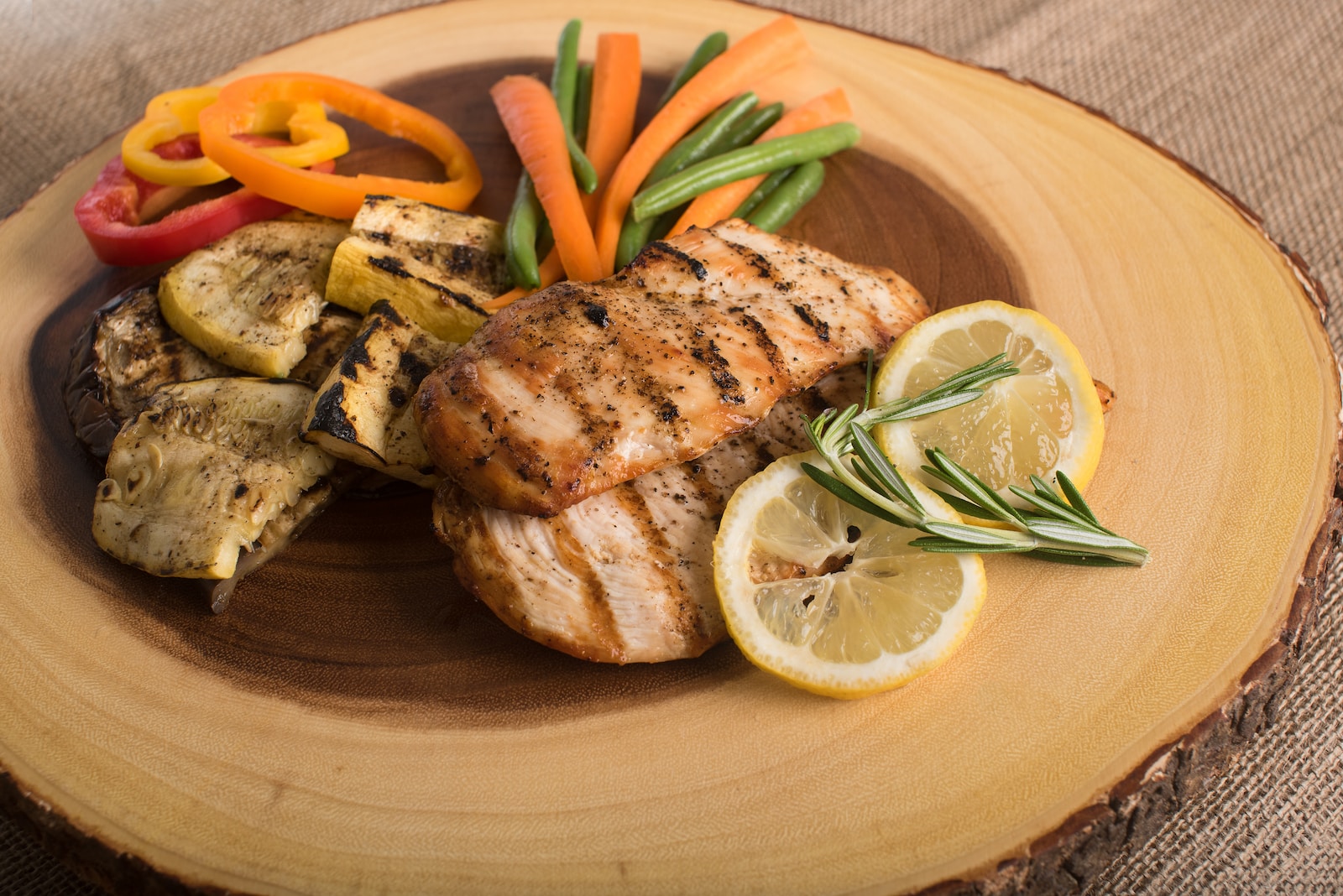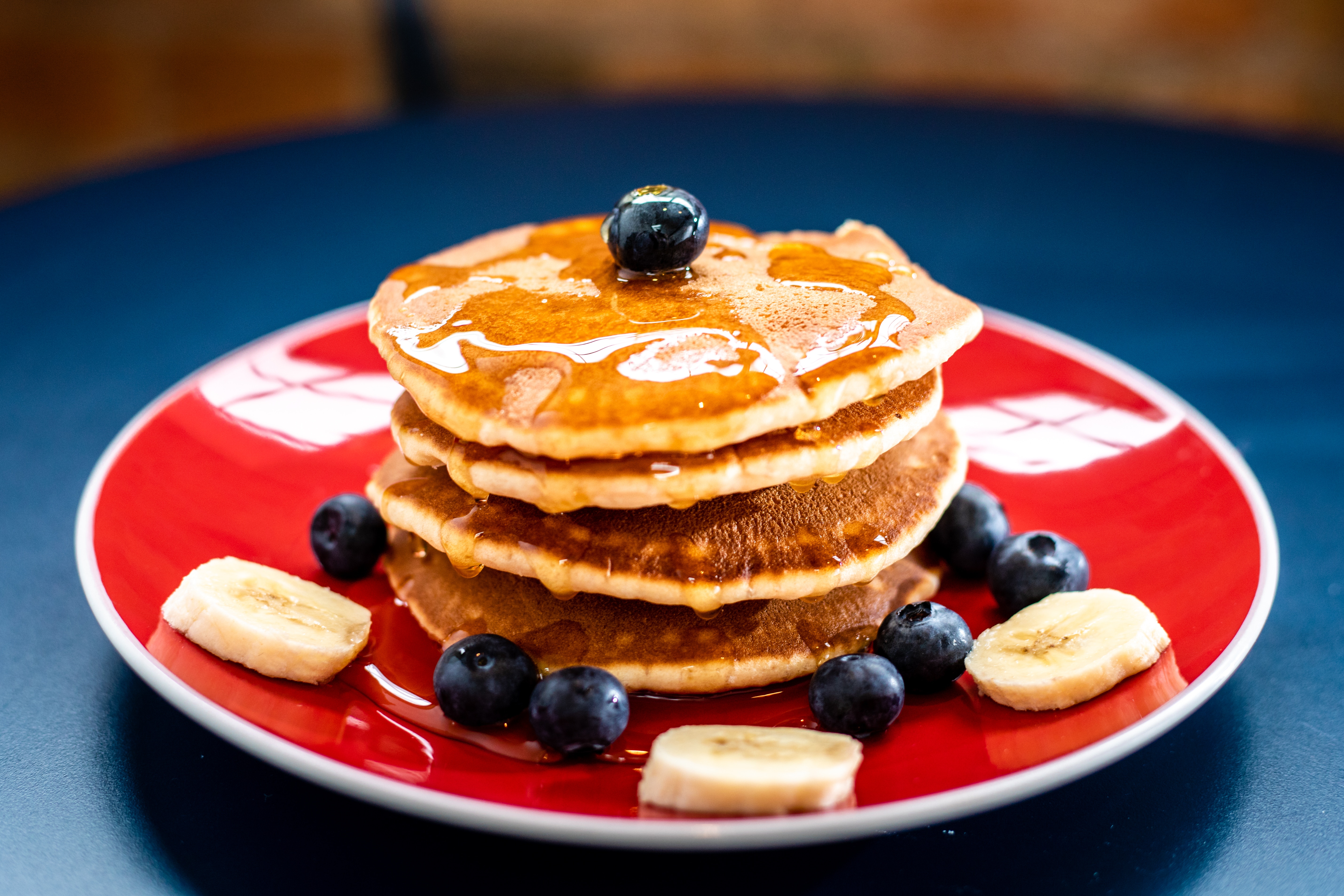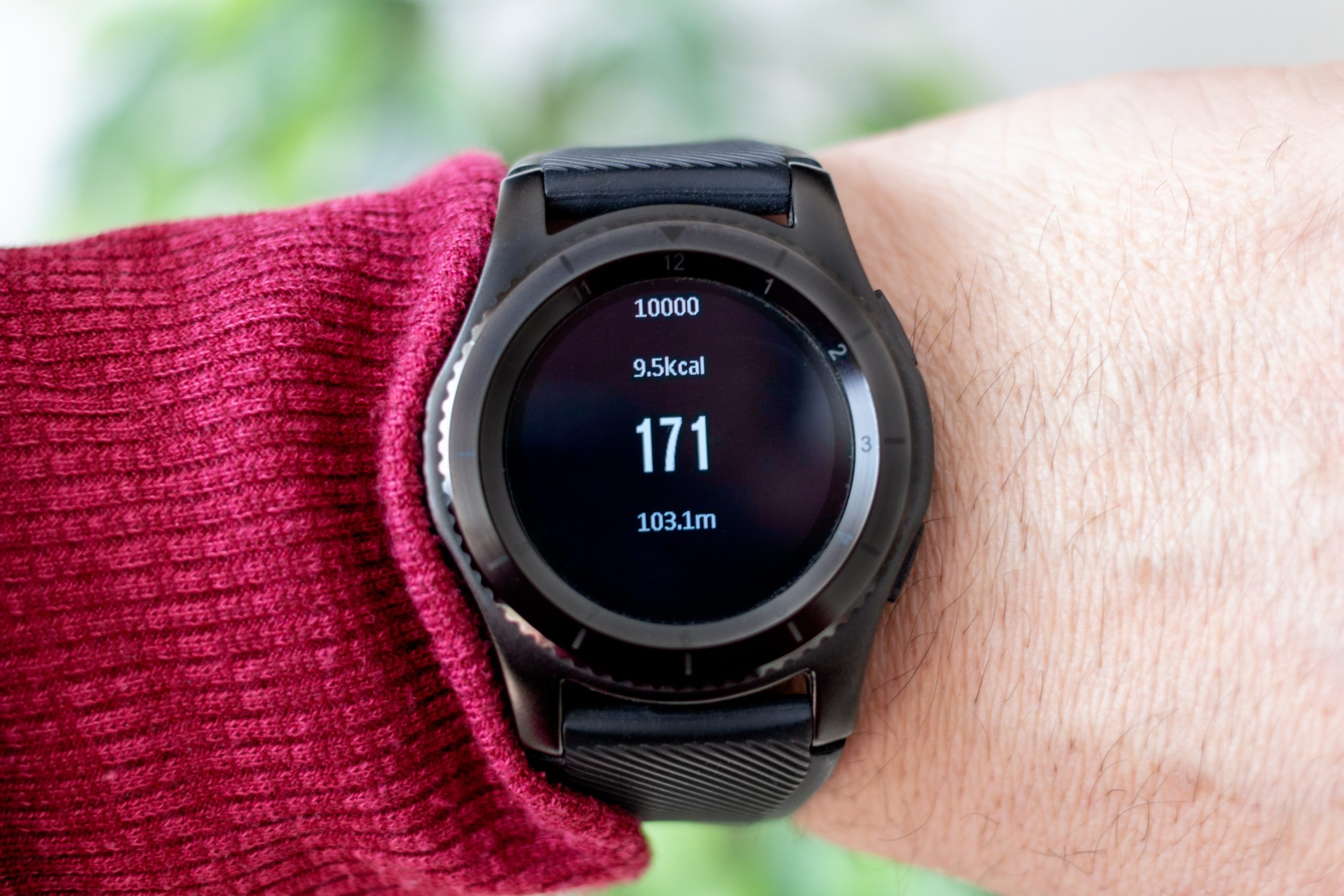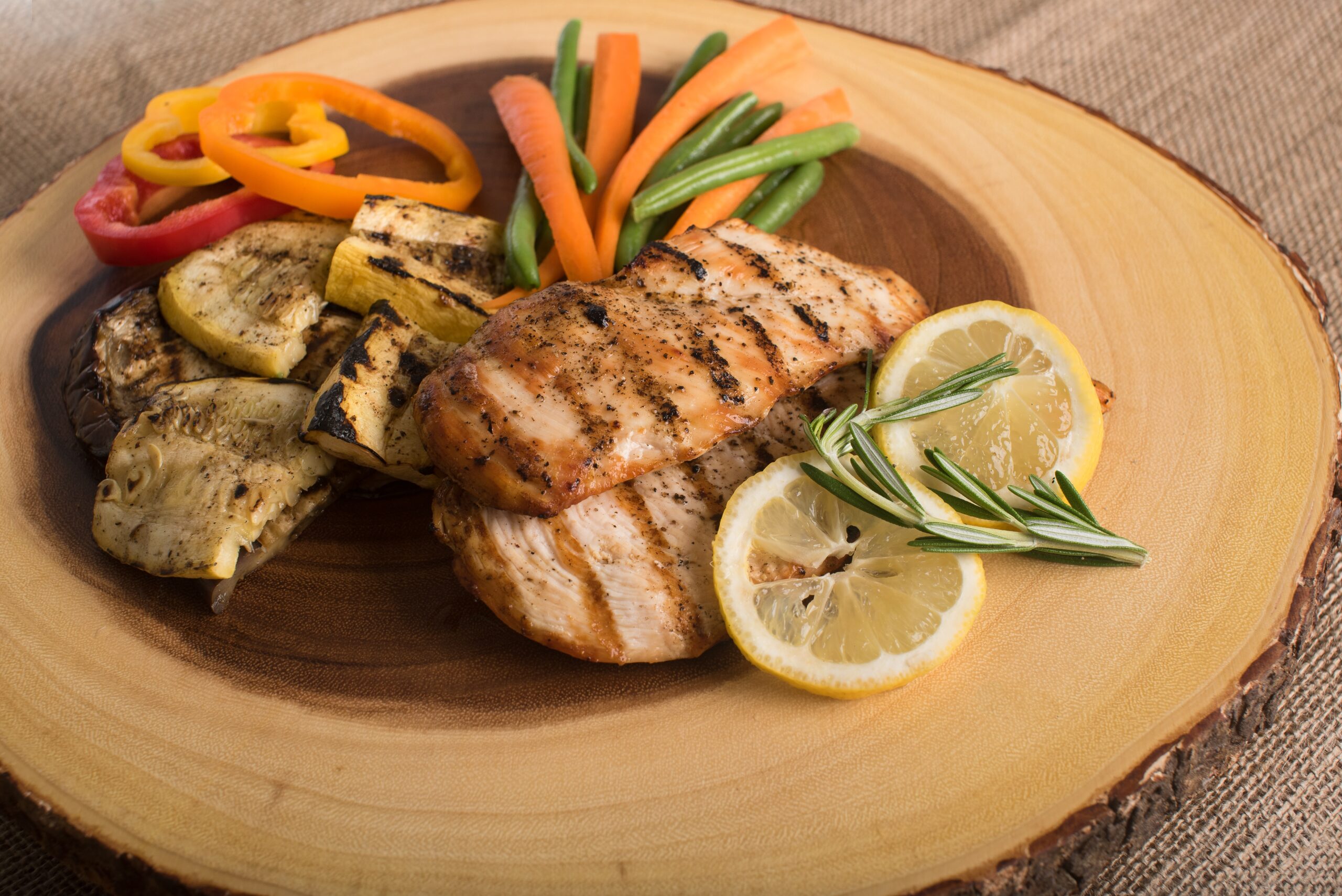Post Season Eating Guidelines
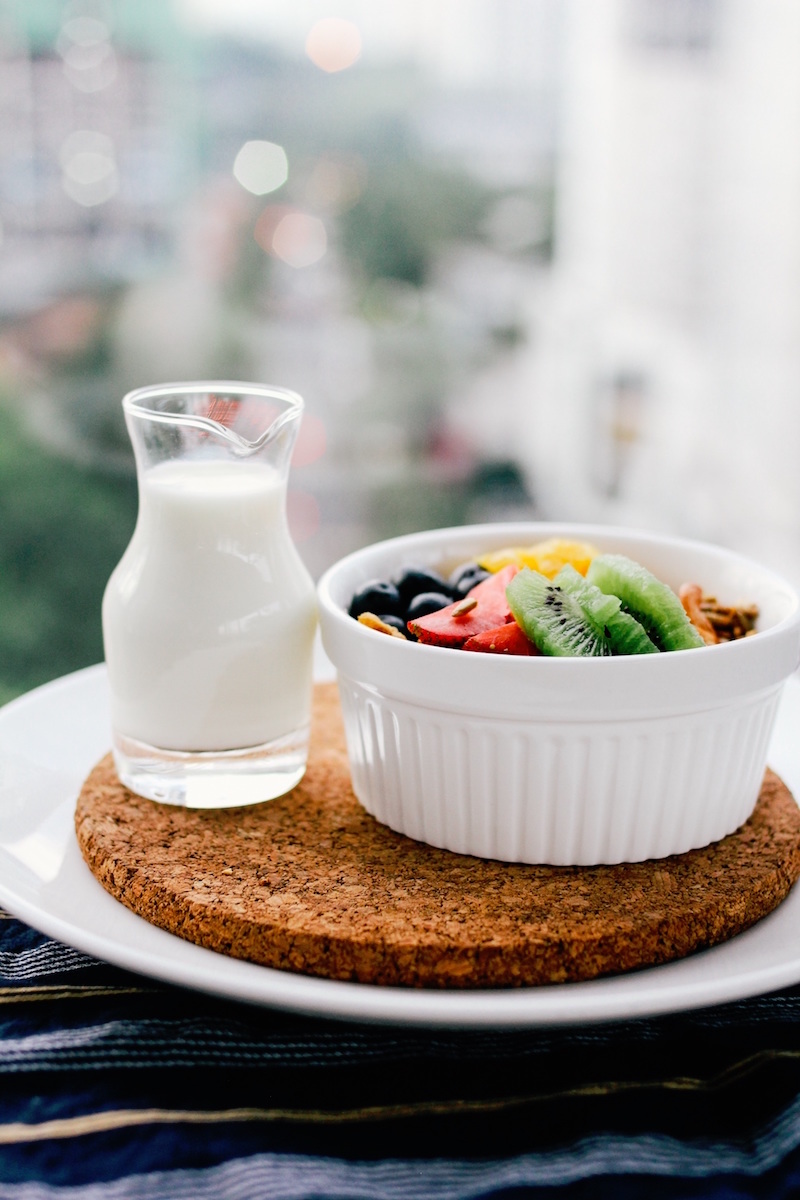
Post Season Eating Guidelines
It is a common belief among endurance triathletes that we perform at a higher level with a lean, mean fighting machine. And, after all, we spend numerous training hours donning skintight attire that leaves little to the imagination. Triathletes come in all shapes and sizes and shouldn’t be judged by their appearance. The art of comparison runs rampant in the triathlon world, and body image is a key player. When taken too far this line of thinking leads us down a slippery slope of risking illness and injury, poor recovery, and decreased performance from improper fueling.
Body composition (the % body fat and the amount of fat-free mass) and body weight are two different things. When the focus is on a scale weight, it is often accompanied with improper fueling which leads to loss of lean body tissue and bone mass and an increase in body fat. Body composition, on the other hand, may be beneficial to an athlete’s performance. The target body fat range for each athlete is uniquely individual and should never be a one size fits all recommendation. The goal should be to lose body fat while maintaining or increasing fat-free mass. Therefore, overall macronutrient intake and health are not compromised. Changes in body composition are best achieved gradually and in the post-season when fitness gains and race preparation are not the primary focus.
In determining an ideal body composition for you, consider the following:
- What your body composition was when you have felt and performed your best?
- How difficult was it to achieve and maintain?
- Your age.
- Were you healthy or frequently getting sick?
- How was your sleep quality and duration? Adequate or in a deficit?
Body composition and body weight are a result of a balanced diet, a well-executed fueling protocol, and smart training regimen. Tracking fitness gains, nutritional and lifestyle habits over time is the best way to measure and utilize results.
To optimize performance and overall health, the athlete should prioritize timing of fueling in and around training sessions (in the competition phase), balanced lifestyle nutrition, a smart training plan alongside adequate rest and recovery habits.
A few rules to play by this post-season:
- Consume 2-3g carb/lb. (4-7 g/kg) for base training (post-season). Maximize nutritional value by eating most of your carbohydrates from veggies and fruits instead of bread and pasta.
- Reduce fat intake to 20-25% of total calories. Prioritize monounsaturated fats, omega 3 fatty acids, and omega 6 fatty acids.
- 1.0g protein/lb. (1.6g/kg) to preserve lean body mass and promote satiety after meals.
- Reduce alcohol intake to a minimum. Alcohol consumption encourages fat storage because it is not stored in the body. Excess calories from alcohol are ultimately converted to fat.
- Don’t skip breakfast – it’s the most important meal of the day. In a hurry? Grab a Greek Yogurt and banana with peanut butter or for a slower paced meal, two-three eggs cooked, with a side of oatmeal and seasonal fruit.
- Eat balanced meals/snacks. Don’t count calories, instead, spend your energy eating foods from at least three different food groups at each meal and snack. Example: Grilled chicken breast, steamed broccoli, sweet potato with butter and cinnamon, and a glass of low-fat milk.
- Skip sports fueling during workouts. For workouts lasting 75 minutes or less, fueling during the workout is not necessary. Instead, plan to have a meal within 60 minutes of finishing the workout. This will offset cravings later in the day and stabilize blood sugars. Drinking water or water with electrolytes (if warm climate) is recommended for proper hydration.
- Be aware of supersized portions especially when eating out. Paying close attention to portion sizes is an easy way to reel in and control over eating, especially carbohydrates.
- Be mindful of appetite especially in the winter months when appetite should be depressed by reduced training volume. Eat meals at a table, slowly savoring your food not rushed while driving in the car, watching TV or standing at the kitchen sink.
- Adequate sleep plays an essential role in weight management. Prioritize sleep this winter by going to bed earlier than you intend to fall asleep and avoid computer screens at least one hour prior to bedtime. Include an evening snack of 15-20g protein optimally from a dairy source (Greek Yogurt, cottage cheese) to improve sleep quality and maximize recovery.
- Do not diet, follow a rigid detox plan or count calorie. These weight loss methods promote avoiding food group(s), restricting food and do not promote healthy or long-term weight loss. Use the above guidelines to develop healthy eating habits that carry over into the pre-season and race season, and you’ll be a healthier, more successful athlete long term.
Example of post-season menu with workouts:
5:00 am: small coffee and one medium banana and water
OR 1 caffeinated gel and water
5:30 am: 75 min masters swim session
7:30 am: 8oz Greek Yogurt, homemade granola with nuts, blueberries, water
OR
½ cup oatmeal, 2-3 eggs, fruit choice, 8oz low-fat milk
10:00 am: Mid-morning snack: Apple with nut butter or protein bar
12:30pm: Lunch
Turkey and cheese sandwich or wrap with lettuce, tomato with a side of grapes.
OR
Hummus with pita bread or crackers, carrots and celery, lentil salad.
3:30pm: afternoon snack:
1-2 large rice cakes (lightly salted) with smear of nut butter and jelly (optional)
OR
Small serving of mixed nuts with dried fruit choice (raisins, cranberries)
Afternoon Zn 2 run – 45 minutes
6:30 or 7:00pm: Dinner
Grilled chicken breast, steamed mixed veggies, with sweet potato and mixed green salad
OR
Tempeh, cooked broccoli with brown rice, and orange slices
Bedtime Snack:
Greek Yogurt, cottage cheese, or milk


